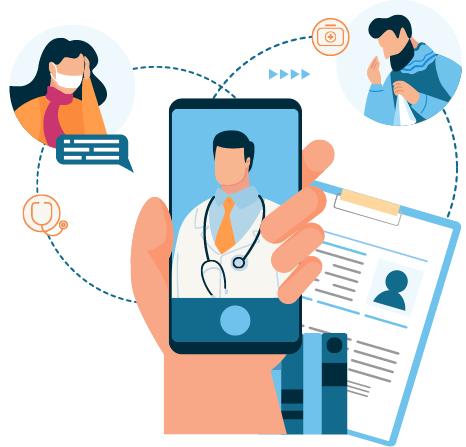








Increased access to healthcare for individuals in remote or underserved areas.
Convenience and flexibility for patients to receive care from their own homes.
Improved continuity of care and communication between patients and healthcare providers.

Reduced costs for patients and healthcare providers.


Enhanced patient engagement and self-management of chronic conditions.
Reduced wait times for appointments and procedures.
Reduced transmission of infectious diseases by reducing inperson visits.

Increased capacity for healthcare systems to handle patient volume.
Ability to utilize technology such as virtual consultations, remote monitoring, and electronic prescribing.
Increased availability of specialty care through virtual consultations.
Increased efficiency and productivity of healthcare providers.






